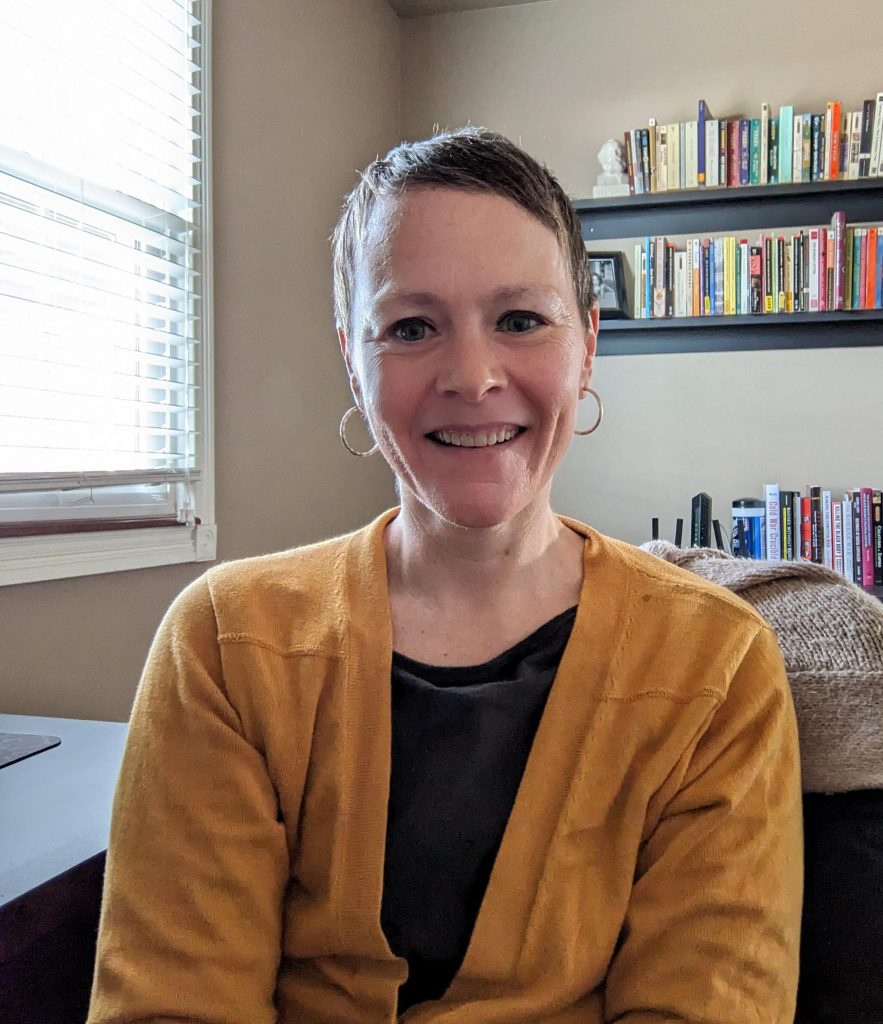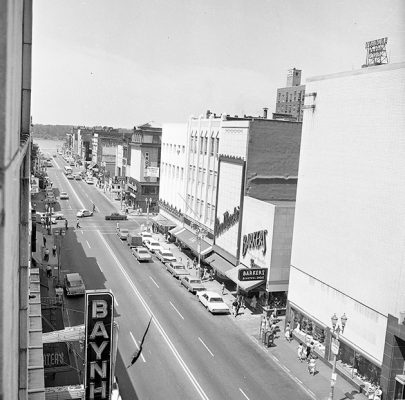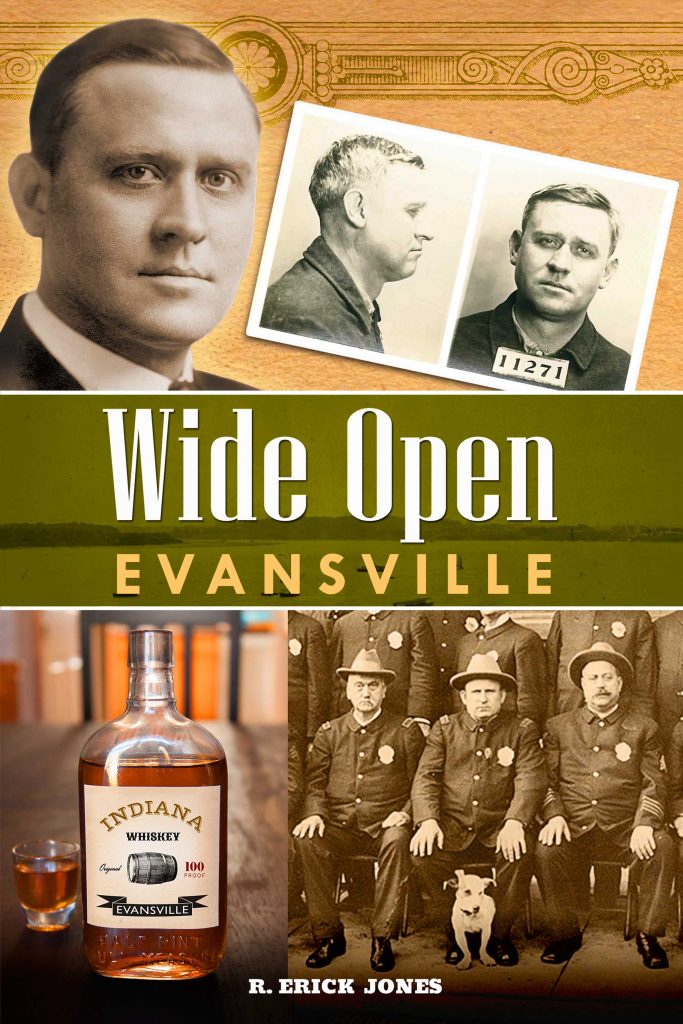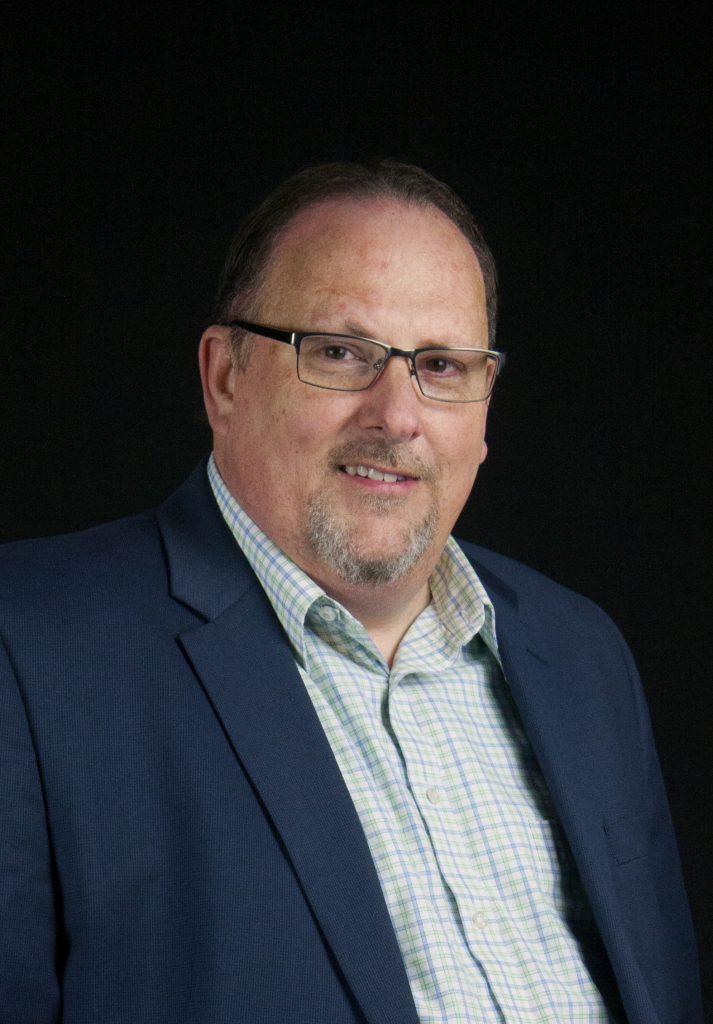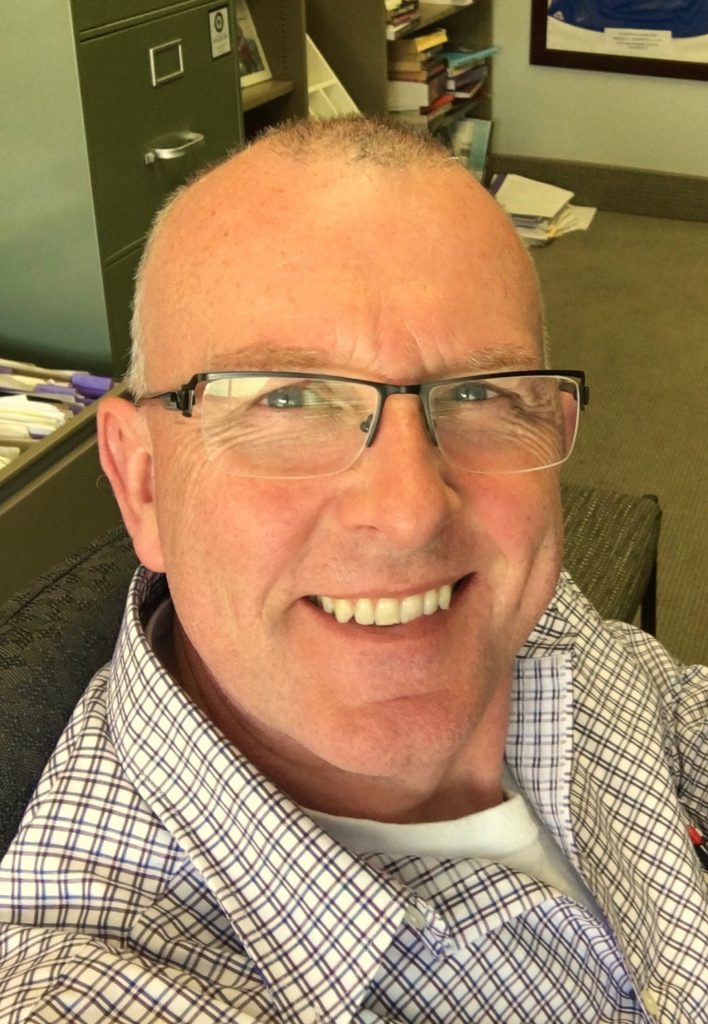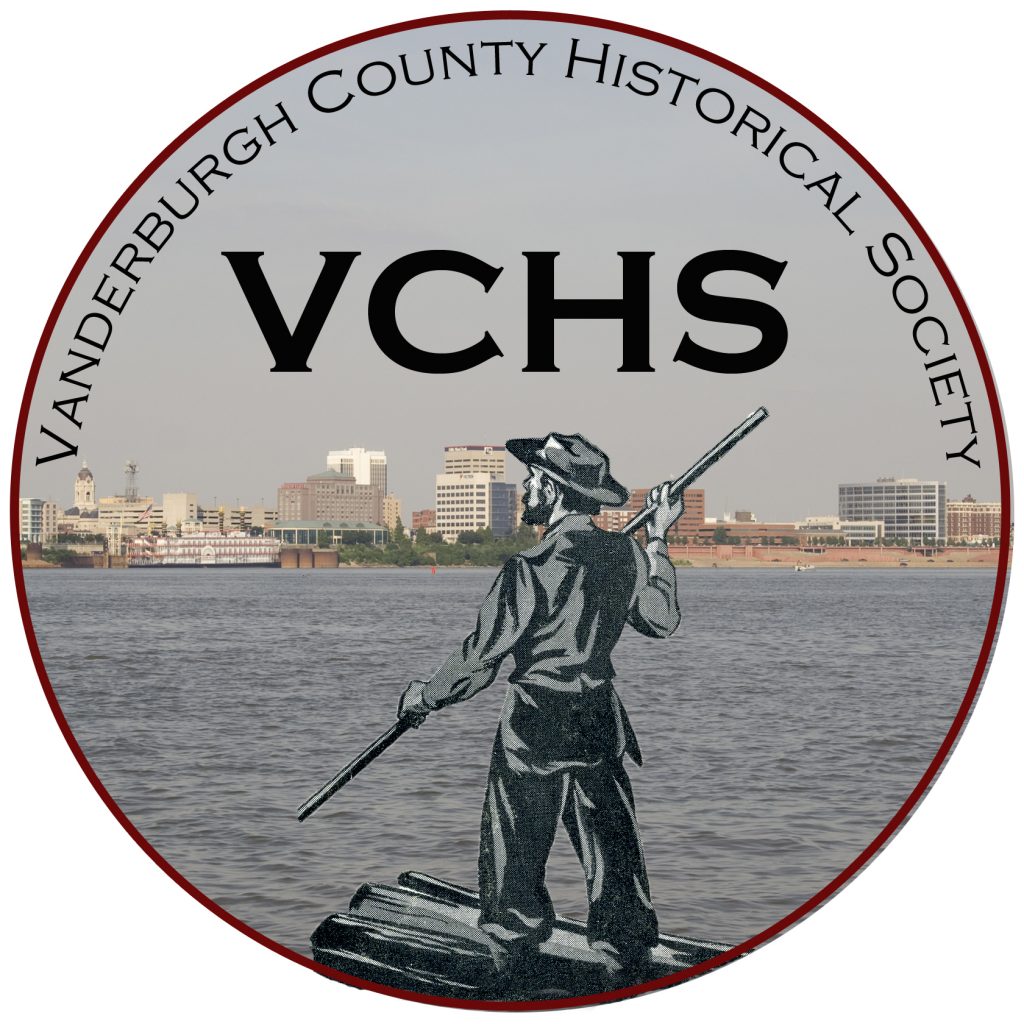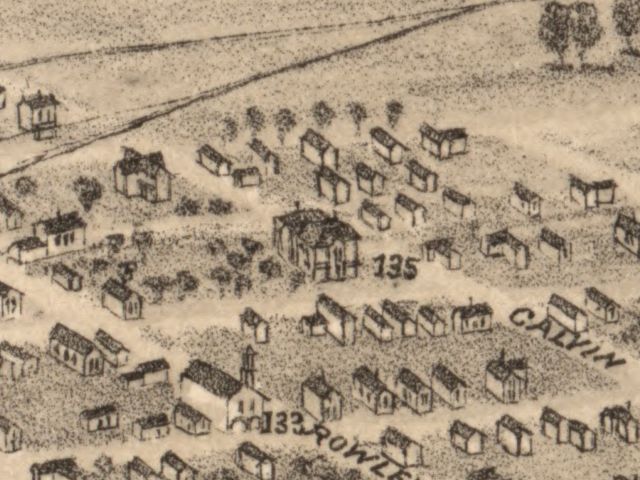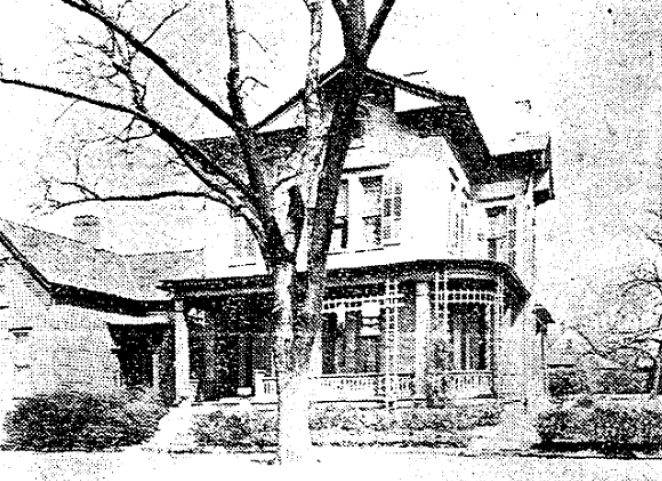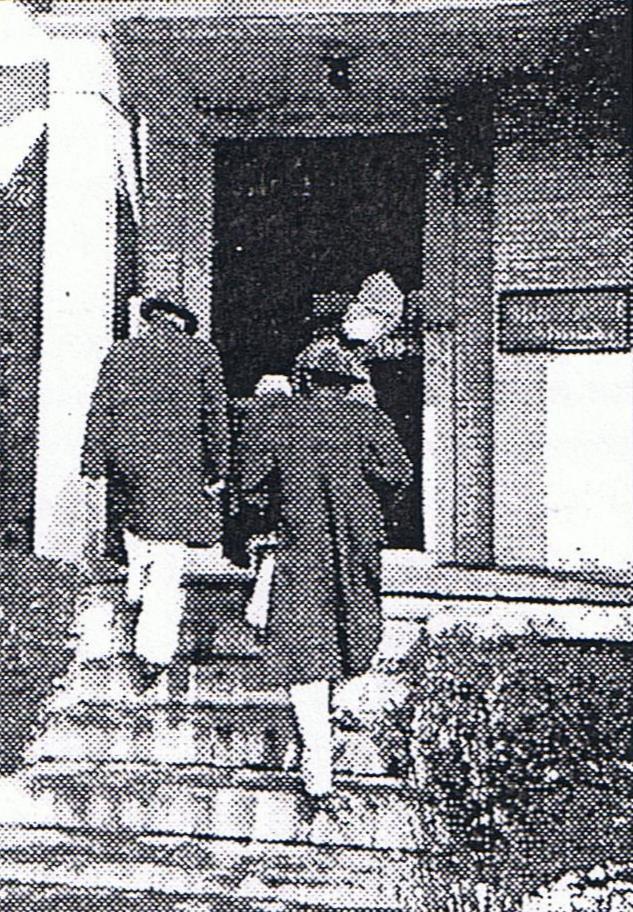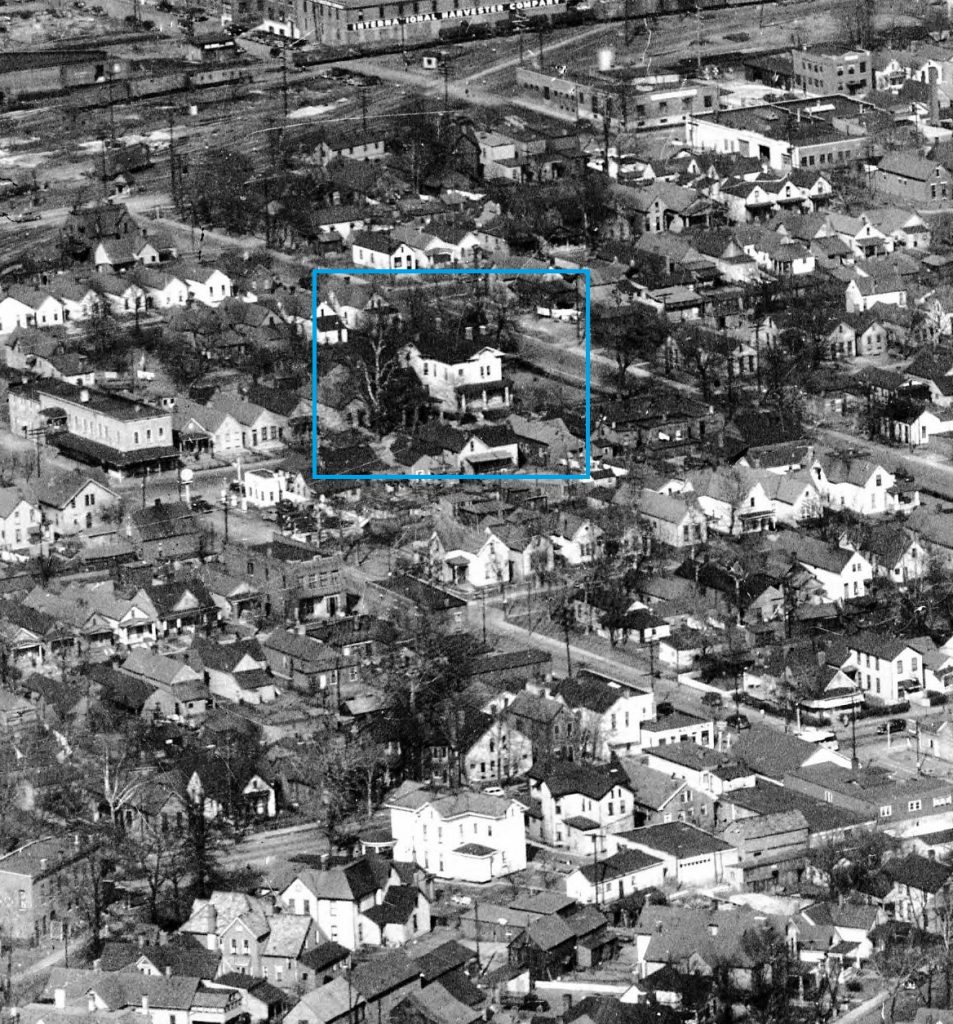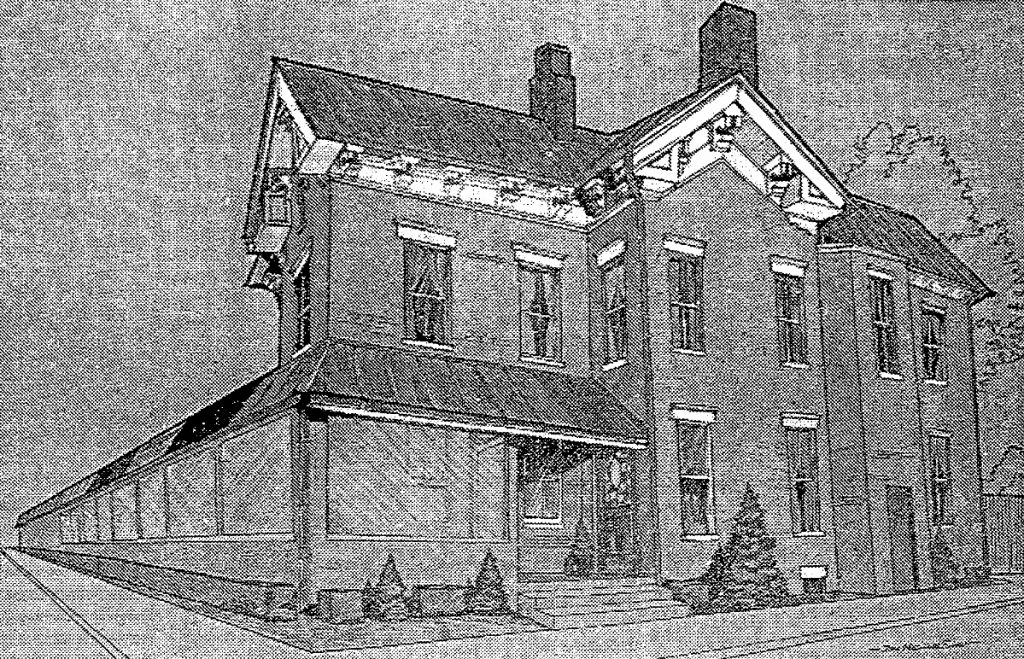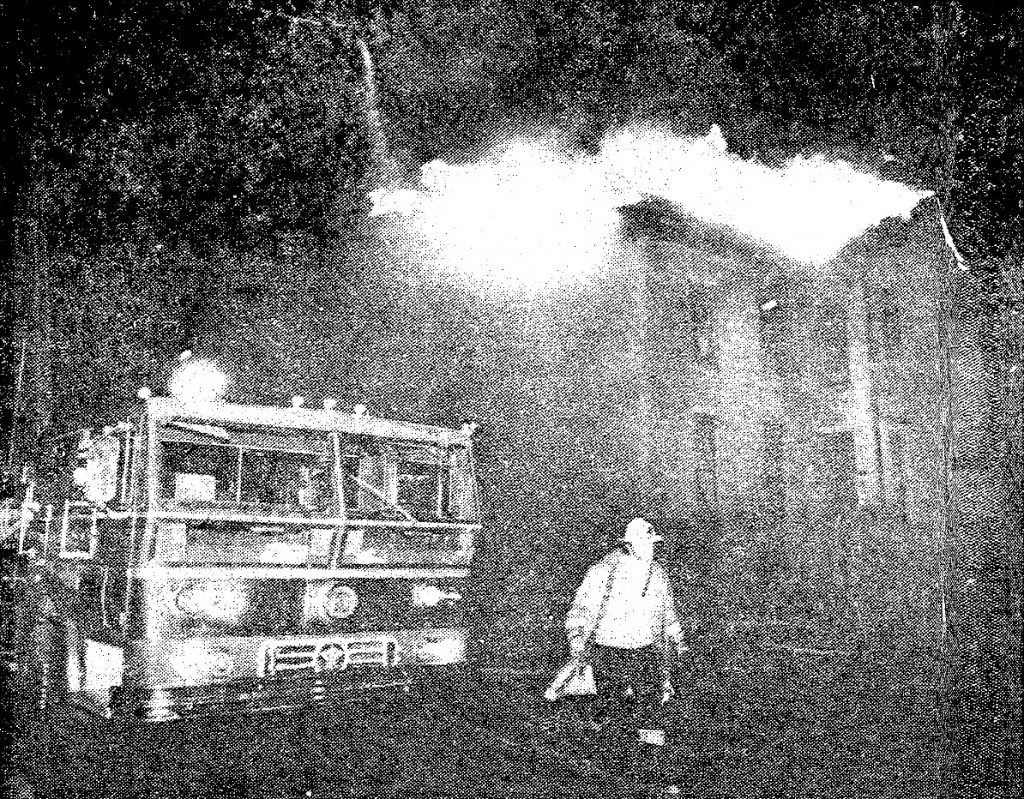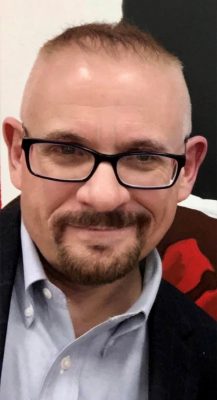Wednesday, May 31, 2023 at 6:00 PM. Tour starts at Second Street and Sycamore (Old Post Office Side).
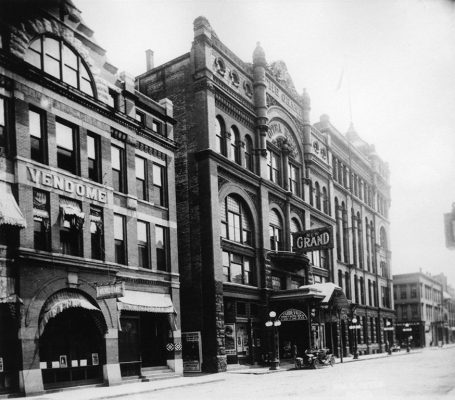
Join Tom Lonnberg and Terry Hughes on the tour of lost Evansville – 1960s and 1970s. This tour focuses on changes to the urban landscape of downtown primarily in the 1960s and 1970s, a period of great transition for downtown Evansville. Take this opportunity to explore and learn about one of downtown Evansville’s most interesting periods when many landmarks met their demise. Tour stops include the Evansville Business Men’s Association, Grand Theater, Vendome Hotel, the Rookery, Central High School, Assumption Cathedral, Cook’s Brewery, Evansville and Terre Haute Railroad Depot (USO and Community Center), Bethel Temple, the old City Hall, Lincoln Hotel, Majestic Theater, and more. Since all buildings discussed on the tour are gone, we will provide a printed booklet with photos of each wrecking ball victim.
The event is free and open to the public. We do appreciate advanced notification if possible. Click the link provided here and let us know. https://emuseum.org/event-details/downtown-urban-renewal-tour
Tom Lonnberg is the Chief Curator and Curator of History at the Evansville Museum of Arts, History and Science. He is also the Vice President of the Vanderburgh County Historical Society.
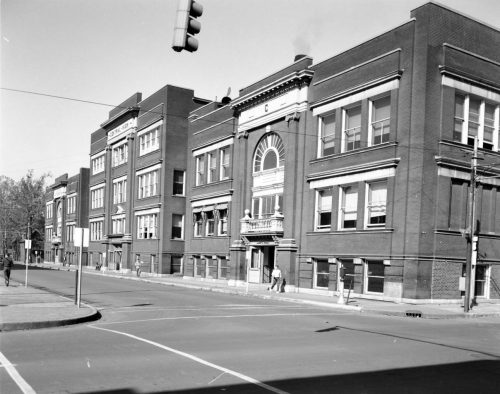
Terry Hughes is a retired educator from the EVSC. In retirement he serves as President of the Vanderburgh County Historical Society. He is also on the Board of Directors of the Southwestern Indiana Historical Society.

